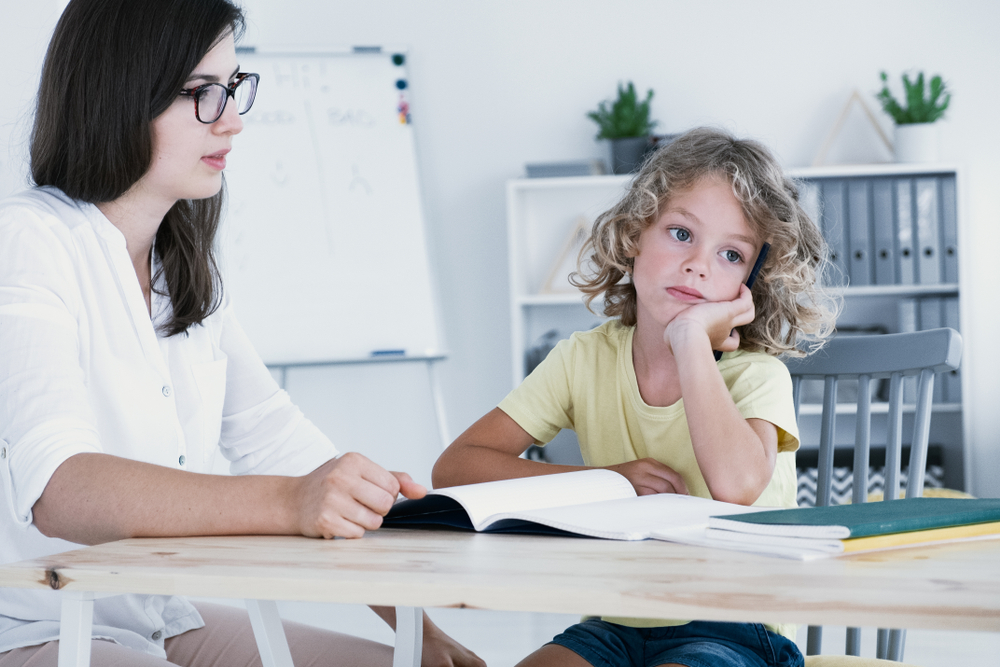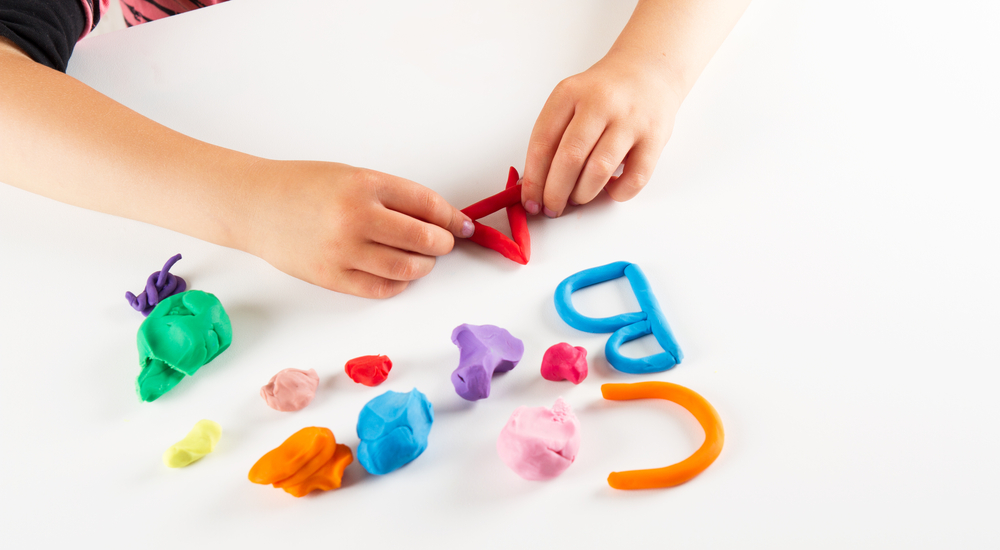Normal Songs and Poems Worksheets Activities With Answers for Ages 6-8
8 filtered results
-
From - To
Discover a collection of engaging songs and poems worksheets specifically designed for children aged 6-8! Our resources encourage creativity and enhance literacy skills while making learning enjoyable. Each worksheet features fun activities related to popular songs and delightful poems, complete with answer keys for easy assessment. Kids will explore rhythm, rhyme, and language as they complete interactive tasks, reinforcing their reading comprehension and critical thinking. Perfect for classroom use or at-home learning, these activities foster a love for literature and music. Dive in and make learning memorable with our delightful songs and poems worksheets! Explore the fun today!
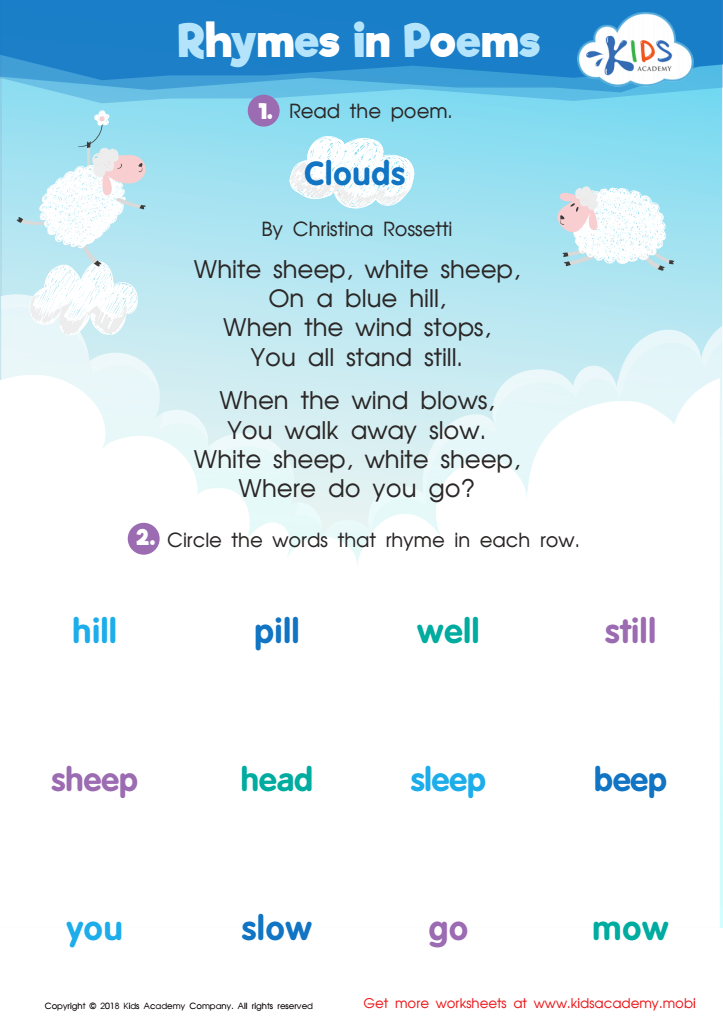

Rhymes in Poems Worksheet
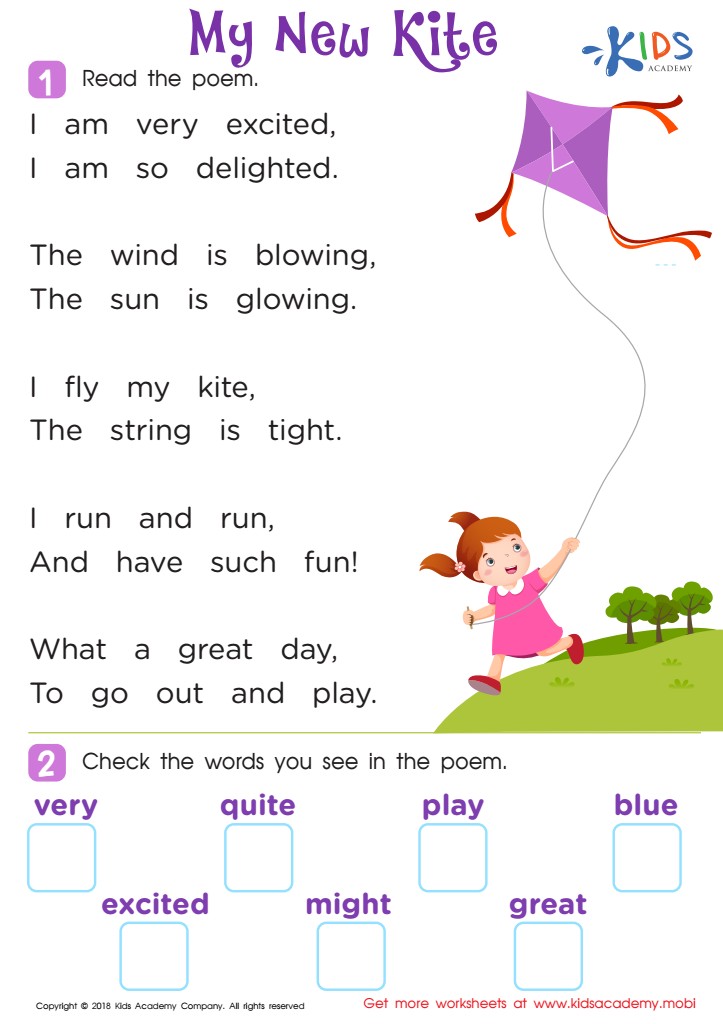

Poem: My New Kite Worksheet
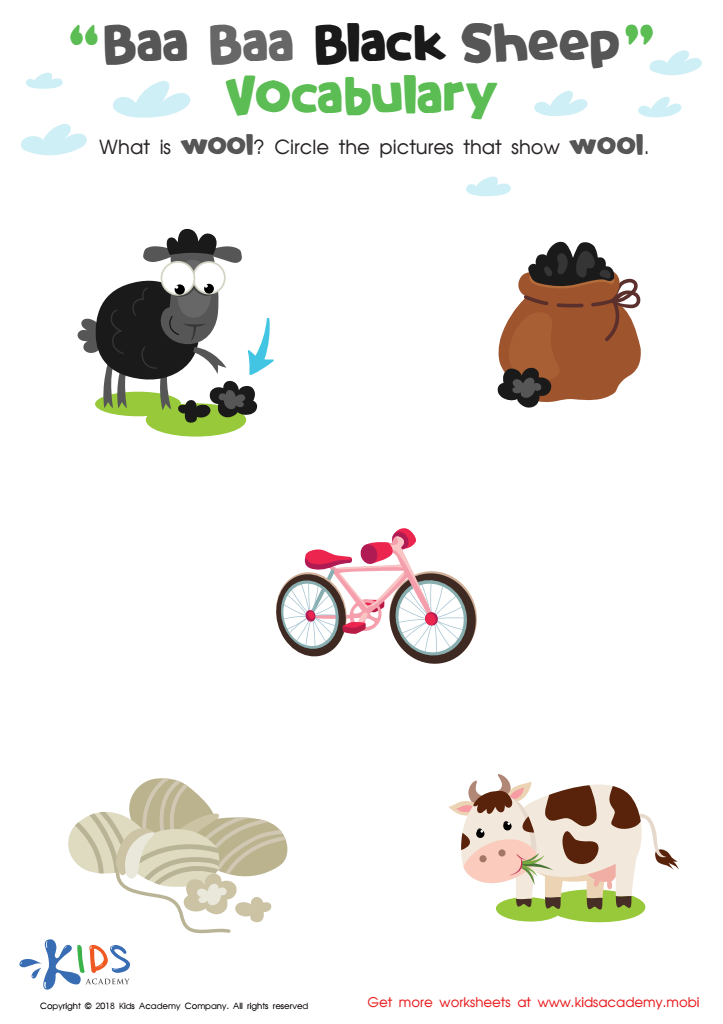

Baa Baa Black Sheep: Vocabulary Worksheet
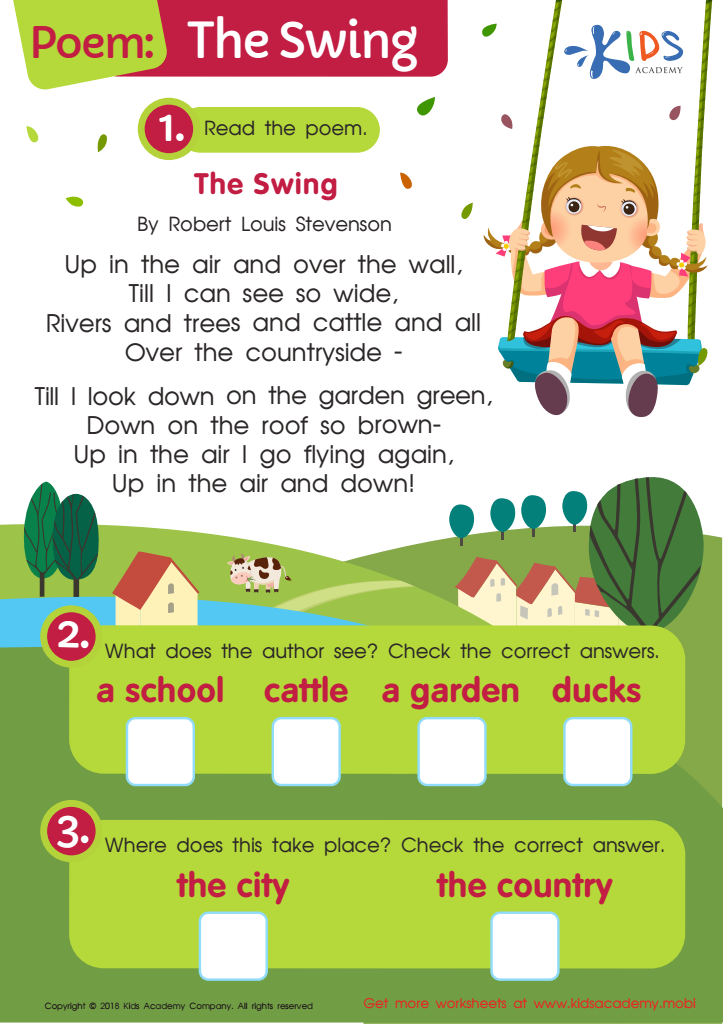

Poem: The Swing Worksheet
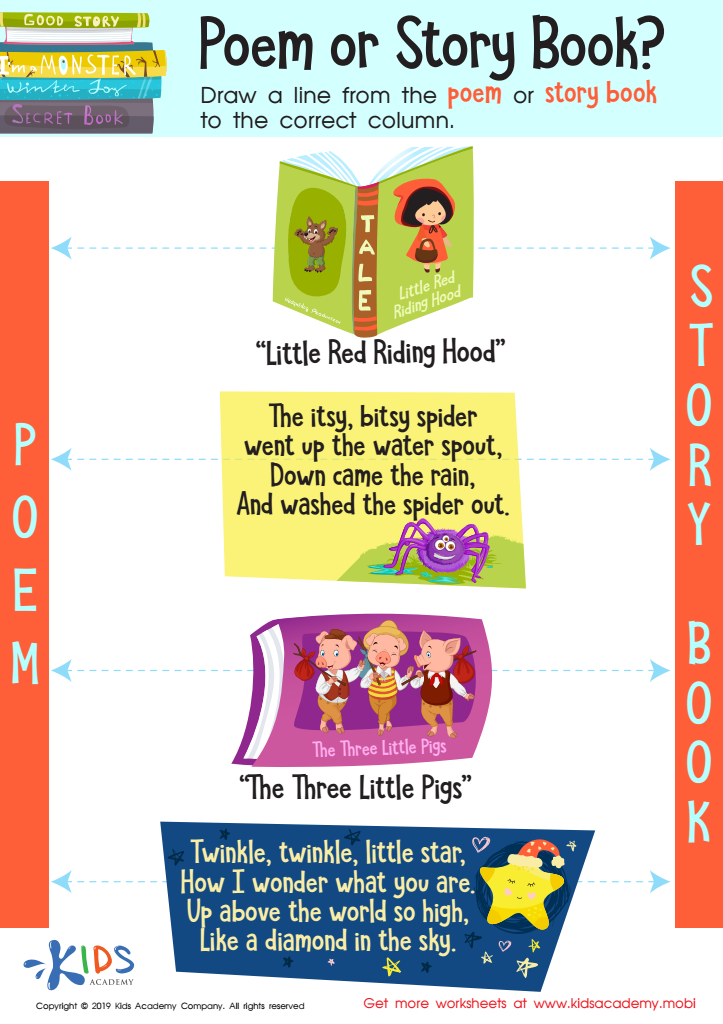

Poem or Story Book? Worksheet
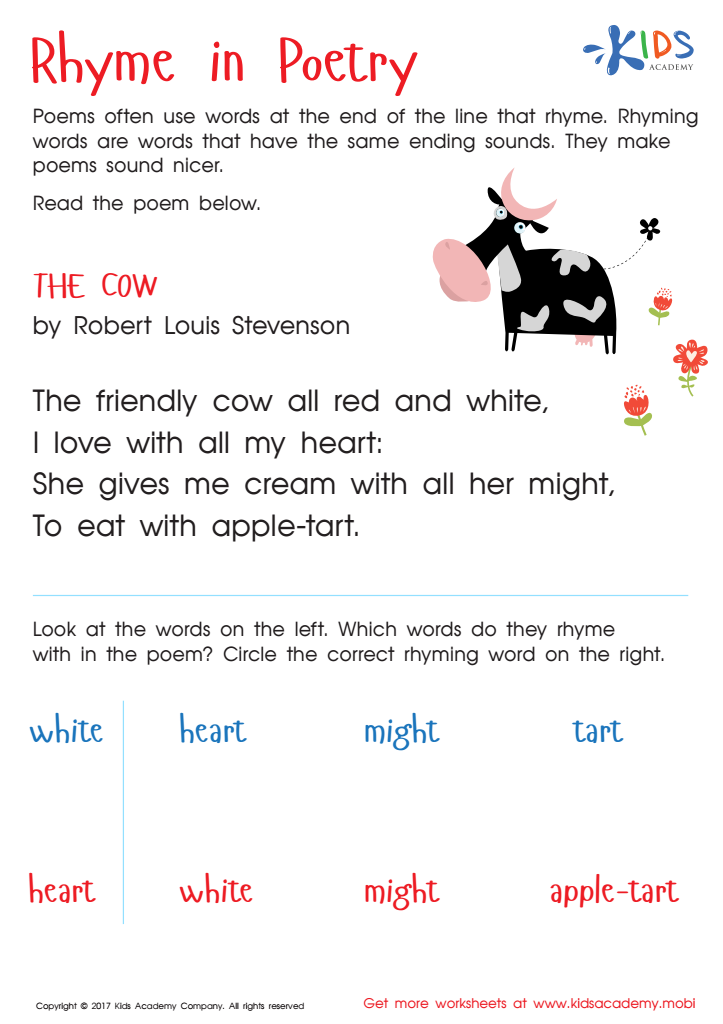

Rhyme In Poetry Worksheet
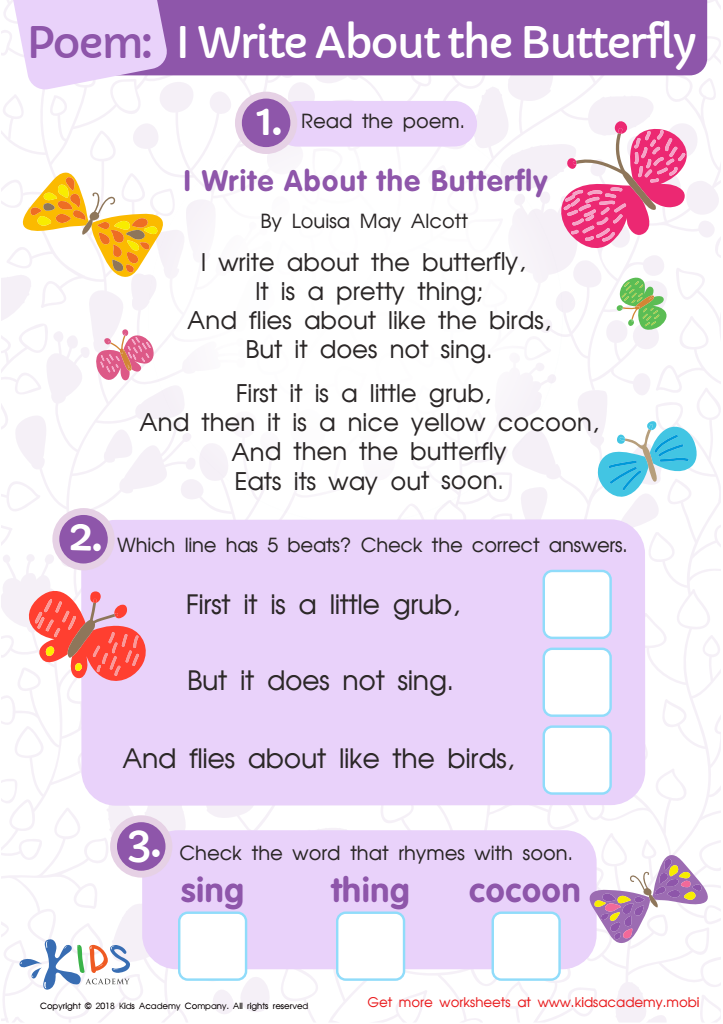

Poem: I Write About The Butterfly Worksheet
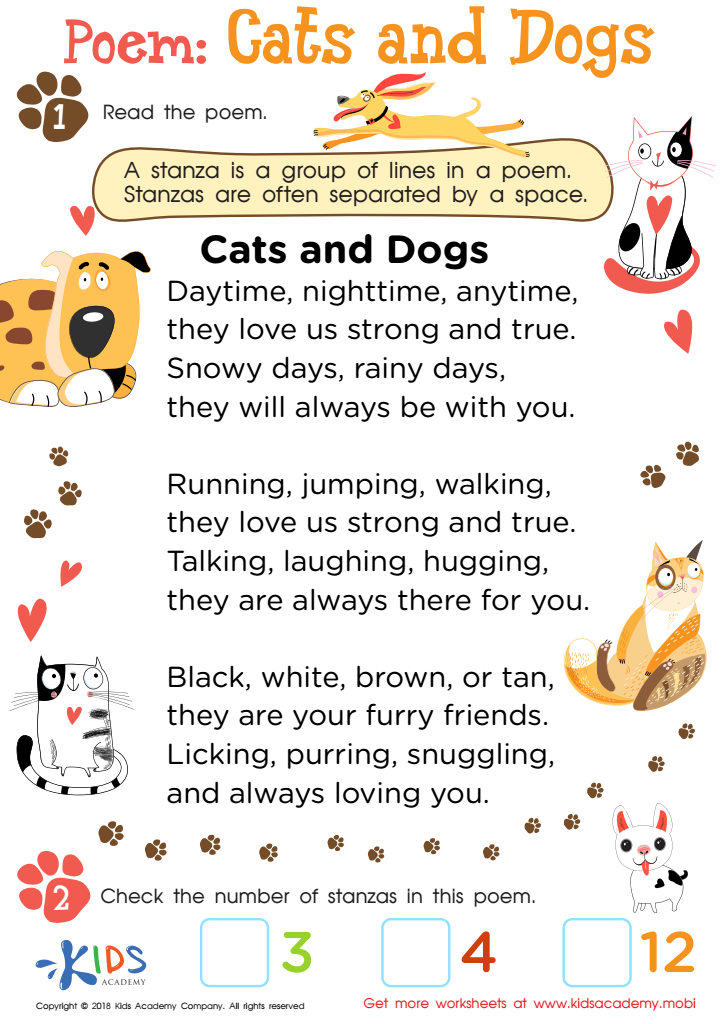

Poem: Cats and Dogs Worksheet
Normal songs and poems activities for ages 6-8 are vital tools for both parents and teachers in fostering children's language development, creativity, and social-emotional skills. At this formative age, children are naturally inclined to engage with music and rhyme, which aids in enhancing their vocabulary and pronunciation. Songs and poems introduce rhythm, repetition, and sounds that make learning engaging and memorable.
These activities also promote literacy by encouraging reading and comprehension through lyrical content, helping children understand narrative structure and rhyme schemes. Through singing and reciting, children can express themselves, boosting their confidence and comfort in using language.
Moreover, songs and poems can address various themes such as friendship, emotions, and daily routines, facilitating conversations that support emotional intelligence. Shared activities like singing together can strengthen parent-child or teacher-student bonds, creating a nurturing learning environment.
Additionally, even beyond academics, these activities cultivate creativity and imagination, as children often interpret lyrics and themes through their unique perspectives. Therefore, integrating song and poem activities in educational settings and at home offers holistic benefits that promote cognitive, emotional, and social growth, making them essential for every child’s early development.

 Assign to My Students
Assign to My Students





